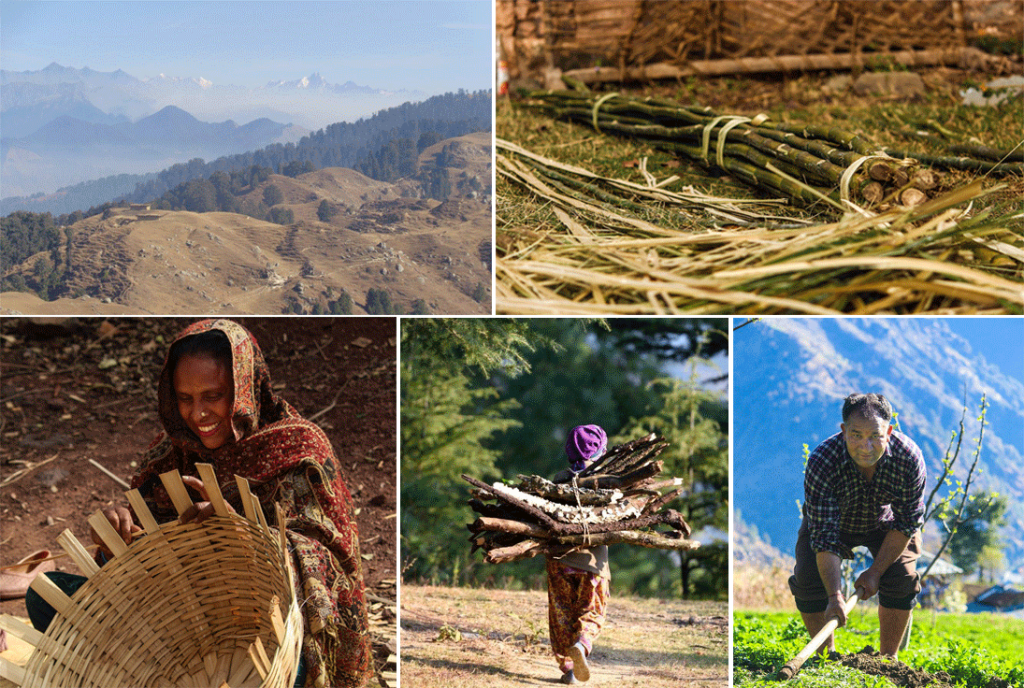Himachal Pradesh Forest Ecosystem Services (HP-FES) Conservation and Sustainable Use of Biodiversity

OBJECTIVE
The Himachal Pradesh Forest Ecosystem Services project aims to enable the Forest Department of Himachal Pradesh to introduce the Forest Ecosystem Services (FES) approach in the state’s forest management system to improve living conditions of the communities residing in the project areas of the state that are reached by the new FES methods. In a second step, other Western Himalayan states shall test and use Himachal Pradesh’s implementation experiences on FES.
To introduce the FES approach in the state’s forest management, the project first sensitises the Forest department and local communities in the pilot areas on the FES approach. To integrate FES approach into the forest management of Himachal Pradesh, the project is working in three core areas:
- Preparation of one FES based Divisional Forest Working Plan
- Establishment and implementation of FES Forest Management Plans in selected demonstration sites, addressing the core ecosystem services provided by forests in Himachal Pradesh
- Development and institutionalisation of a Long-Term Ecological Monitoring (LTEM) that allows the monitoring of the forest biodiversity and ecosystem services provided by forests at state level
SITUATION
Forests, home to 80 per cent of the world’s terrestrial biodiversity, are essential for life on earth. The Indian forests play a vital role in harbouring more than 45,000 floral and 81,000 faunal species, many of which are endemic. Mountain forests are crucial, not only for the people residing in the mountains, but also for the large population of the adjacent plains. They offer a number of ecosystem services like water and climate regulation, soil conservation, provision of resources critical for local livelihoods and abundant recreational values. By understanding the significance of forest ecosystems, their value for humans, and the planet at large; local communities have the potential to play a significant role in mainstreaming biodiversity conservation into developmental planning. This Forest Ecosystem Services (FES) approach is expected to result in improved biodiversity and enhanced flow of forest ecosystem services. It also provides a long-term development potential for the rural population. Himachal Pradesh (HP) is one of the mountain states of India. With around 3,300 plant species and more than 5,700 animal species, the state is rich in biodiversity, which is key to the important services that the state’s forests provide.
PUBLICATIONS
COUNTRY
India
DURATION
Jan 2016 - Dec 2020
Commission Agency
BMZ
SDG



